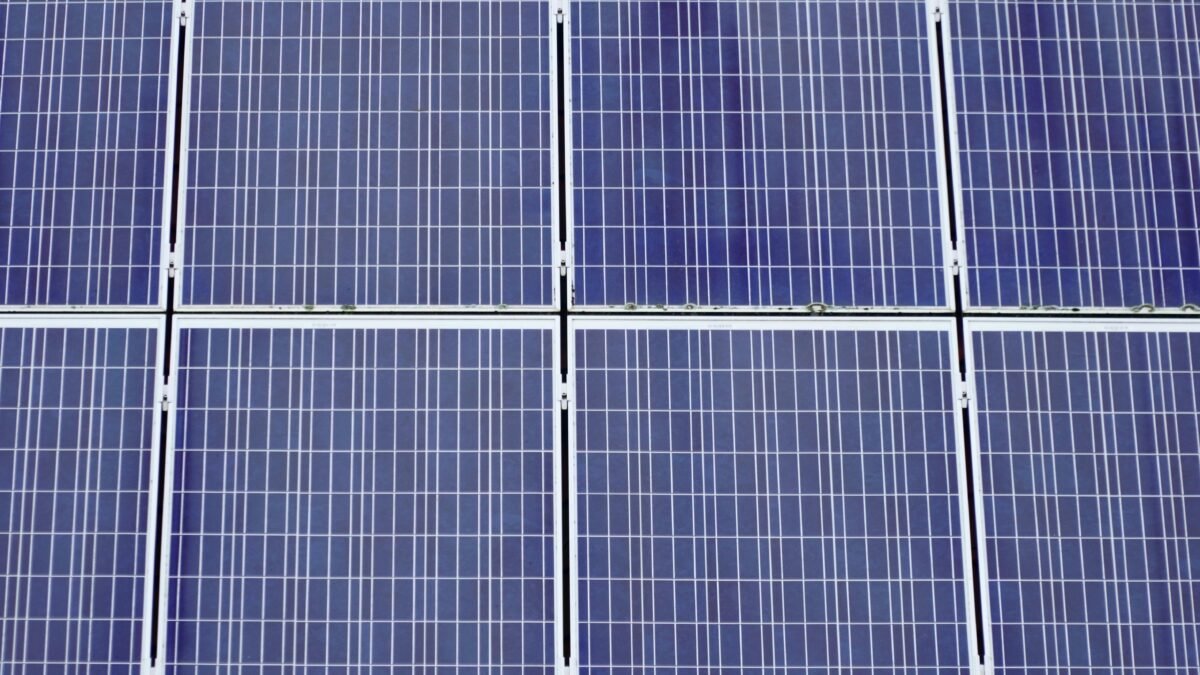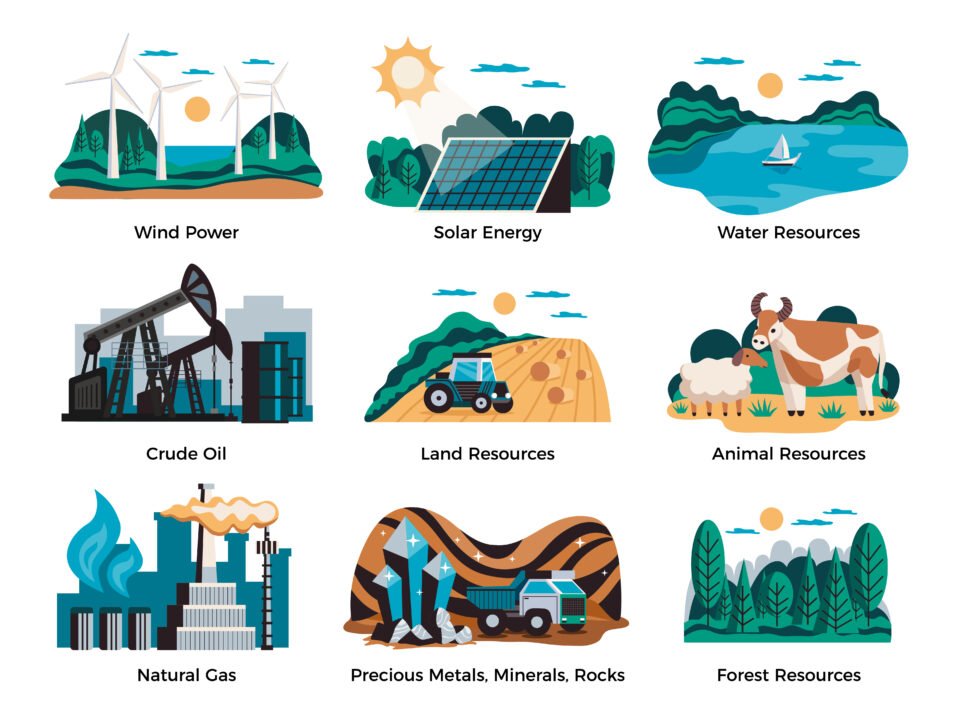In the evolving landscape of renewable energy, grid-interactive solar photovoltaic (PV) systems are emerging as a vital component in the quest for sustainable and reliable energy solutions. These systems, which can interact dynamically with the electrical grid, offer significant advantages over traditional solar PV setups. By enabling two-way communication and power flow between the solar installation and the grid, grid-interactive systems help bridge the gap between renewable energy generation and grid stability. Let’s explore the role and potential of grid-interactive solar PV systems in the future of energy.
Understanding Grid-Interactive Solar PV Systems
Grid-interactive solar PV systems, also known as grid-tied or grid-connected systems, are designed to operate in conjunction with the electrical grid. Unlike off-grid systems, which rely solely on battery storage and are isolated from the grid, grid-interactive systems can export excess electricity to the grid and draw power from it when needed. This bidirectional capability is facilitated by advanced inverters and control systems that manage the flow of energy efficiently.
Technological Advancements
The technological advancements in grid-interactive solar PV systems are pivotal to their effectiveness and efficiency. Modern inverters, equipped with smart grid capabilities, allow for seamless integration with the utility grid. These inverters can adjust the power output based on grid conditions, ensuring stability and reliability. Additionally, advancements in energy storage technologies, such as lithium-ion batteries, enable grid-interactive systems to store excess energy generated during peak sunlight hours and supply it during periods of low solar production or high demand.
Economic and Environmental Benefits
Grid-interactive solar PV systems offer numerous economic and environmental benefits. Economically, these systems can significantly reduce electricity bills for consumers by offsetting their grid consumption with solar-generated power. Through net metering policies, homeowners and businesses can receive credits for the excess electricity they export to the grid, further enhancing cost savings. Environmentally, grid-interactive systems contribute to reducing greenhouse gas emissions by displacing fossil fuel-based electricity with clean, renewable solar power. This helps in mitigating climate change and promoting sustainable energy practices.
Enhancing Grid Resilience
One of the key advantages of grid-interactive solar PV systems is their ability to enhance grid resilience. By distributing solar generation across numerous installations, these systems reduce the dependency on centralized power plants, thereby minimizing the risk of large-scale power outages. Additionally, during periods of high demand or grid stress, grid-interactive systems can supply extra power to the grid, alleviating pressure on the overall electrical infrastructure. This distributed generation model promotes a more resilient and reliable energy system.
Integration with Smart Grids
The future of grid-interactive solar PV systems is closely tied to the development of smart grids. Smart grids leverage digital communication technologies to monitor and manage the flow of electricity in real-time. By integrating with smart grids, grid-interactive solar PV systems can optimize energy distribution, enhance grid stability, and improve overall efficiency. Advanced algorithms and predictive analytics enable these systems to anticipate energy demand and supply patterns, ensuring a balanced and reliable electricity network.
Challenges and Solutions
Despite their many benefits, grid-interactive solar PV systems face several challenges. Technical issues such as grid synchronization, voltage regulation, and frequency stability need to be addressed to ensure seamless integration. Additionally, the upfront costs of installing grid-interactive systems, including inverters and energy storage solutions, can be a barrier for some consumers. However, ongoing research and development efforts are focused on overcoming these challenges. Innovations in inverter technology, coupled with declining costs of solar panels and batteries, are making grid-interactive systems more accessible and affordable.
The Global Outlook
The global outlook for grid-interactive solar PV systems is promising. As countries set ambitious renewable energy targets, the demand for these systems is expected to grow rapidly. In the United States, for example, the adoption of grid-interactive solar PV systems is being driven by favourable policies and incentives, such as the federal Investment Tax Credit (ITC) and state-level net metering programs. Similarly, in Europe, the integration of solar PV systems with smart grids is a key component of the European Union’s renewable energy strategy.
Conclusion
Grid-interactive solar PV systems are poised to play a crucial role in the future of renewable energy. By enabling efficient and dynamic interaction with the electrical grid, these systems bridge the gap between renewable energy generation and grid stability. With ongoing technological advancements, economic benefits, and a growing commitment to sustainability, grid-interactive solar PV systems represent a significant step towards a cleaner, greener, and more resilient energy future.




